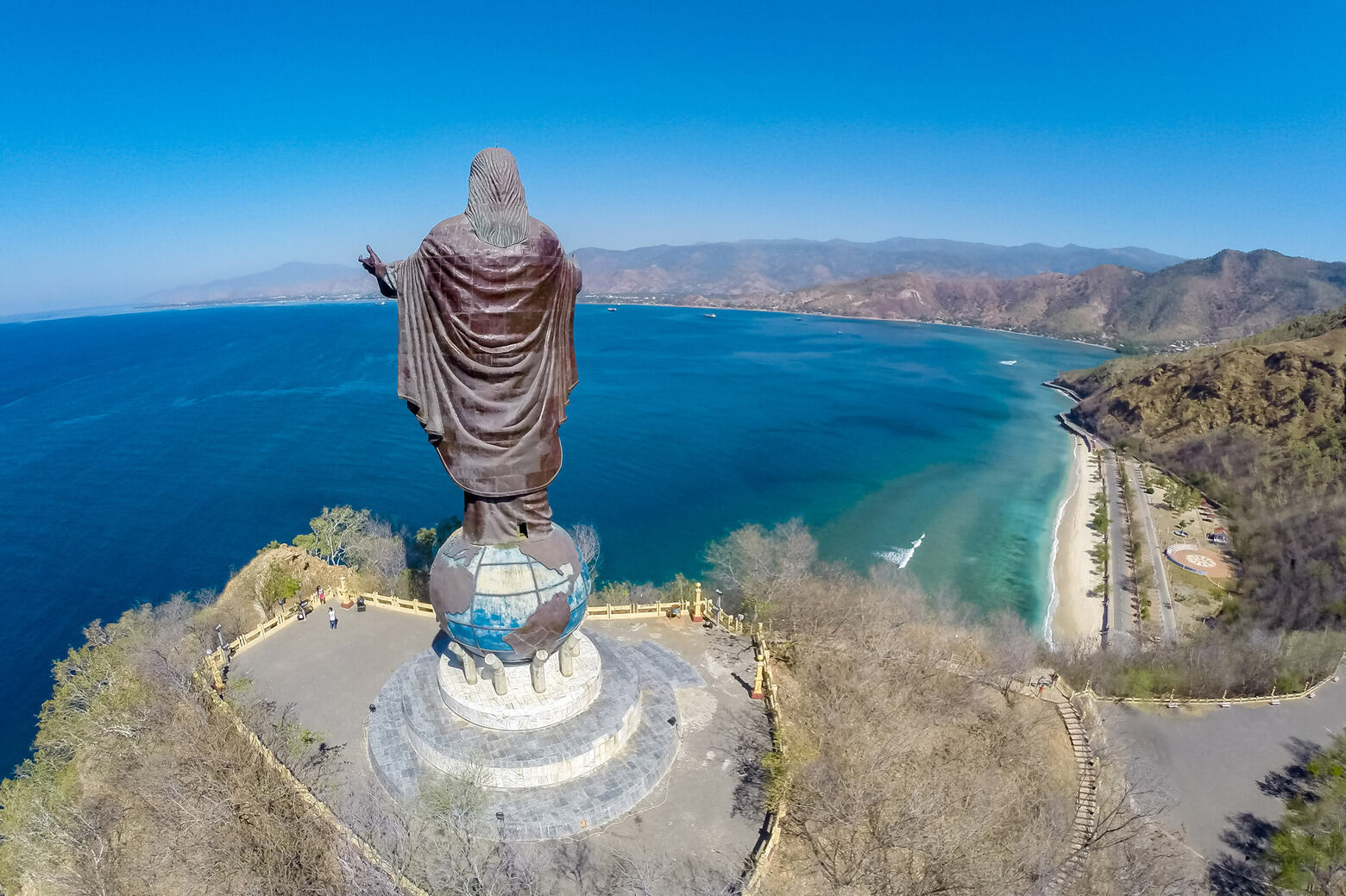
Timor-Leste, also known as East Timor, is a small yet captivating country in Southeast Asia. Nestled between Indonesia and Australia, this nation boasts a rich history, vibrant culture, and stunning landscapes. Did you know Timor-Leste gained independence from Indonesia in 2002? This young nation has since been on a journey of growth and development. From its diverse wildlife to the unique blend of Portuguese and Indonesian influences, Timor-Leste offers a fascinating mix of old and new. Whether you're curious about its traditional festivals, beautiful beaches, or the resilient spirit of its people, there's always something intriguing to learn about this hidden gem.
Key Takeaways:
- Timor-Leste gained independence in 2002 after a long history of colonization. Its culture, with Tetum and Portuguese as official languages, reflects a rich blend of traditions and influences.
- With stunning natural beauty and a focus on sustainable development, Timor-Leste is overcoming challenges and embracing its young population to build a resilient and promising future.
Timor-Leste: A Land of Rich History and Culture
Timor-Leste, also known as East Timor, is a small yet fascinating country in Southeast Asia. With its unique blend of cultures, languages, and history, Timor-Leste offers a wealth of interesting facts. Let's dive into some of the most captivating aspects of this nation.
-
Timor-Leste gained independence in 2002. After centuries of colonization by Portugal and a brutal occupation by Indonesia, Timor-Leste finally became a sovereign state on May 20, 2002.
-
The official languages are Tetum and Portuguese. While Tetum is widely spoken, Portuguese reflects the country's colonial past. Many people also speak Indonesian and English.
-
Timor-Leste is one of the youngest countries in the world. With its independence achieved in 2002, it stands as one of the newest nations on the global stage.
Geography and Natural Beauty
Timor-Leste boasts stunning landscapes, from lush mountains to pristine beaches. Its natural beauty is a significant draw for visitors and a source of pride for locals.
-
The country is located on the eastern half of the island of Timor. The western half belongs to Indonesia, making Timor-Leste a unique geographical entity.
-
Mount Ramelau is the highest peak. Standing at 2,963 meters, this mountain is a popular trekking destination and holds cultural significance for the Timorese people.
-
The coastline stretches for about 706 kilometers. This extensive coastline offers beautiful beaches and excellent diving spots, rich with marine biodiversity.
Cultural Diversity and Traditions
Timor-Leste's culture is a vibrant tapestry woven from various influences, including indigenous traditions and colonial legacies.
-
The country celebrates two independence days. November 28 marks the declaration of independence from Portugal in 1975, while May 20 commemorates the restoration of independence in 2002.
-
The Timorese traditional dance, Tebe, is widely performed. This dance is an essential part of cultural celebrations and ceremonies, showcasing the country's rich heritage.
-
Weaving is a significant cultural practice. Timorese women create intricate textiles known as tais, which are used in ceremonies and as traditional clothing.
Economy and Development
Despite its challenges, Timor-Leste is making strides in economic development and improving the quality of life for its citizens.
-
Oil and gas are major contributors to the economy. The country relies heavily on revenues from these resources, which fund various development projects.
-
Agriculture employs a large portion of the population. Coffee is one of the main exports, with Timor-Leste's coffee gaining international recognition for its quality.
-
Tourism is an emerging sector. With its natural beauty and cultural richness, Timor-Leste is attracting more tourists each year, contributing to economic growth.
Challenges and Resilience
Timor-Leste has faced numerous challenges but continues to show remarkable resilience and determination.
-
The country has a young population. Over 60% of the population is under 25, presenting both opportunities and challenges for the nation's future.
-
Education is a priority for the government. Efforts are being made to improve literacy rates and provide better educational opportunities for all citizens.
-
Timor-Leste is working towards sustainable development. Initiatives are in place to protect the environment and promote sustainable practices, ensuring a better future for generations to come.
Timor-Leste's Unique Charm
Timor-Leste, often overlooked, holds a treasure trove of fascinating facts. From its rich cultural heritage to its stunning natural landscapes, this small nation offers a unique blend of history and beauty. The country's journey to independence, marked by resilience and determination, is a testament to the spirit of its people. With a diverse ecosystem, Timor-Leste is a haven for biodiversity, boasting rare species and pristine environments. Its traditional practices, vibrant festivals, and warm hospitality make it a captivating destination for travelers. As you explore Timor-Leste, you'll uncover stories of ancient traditions, colonial influences, and a bright future. Whether you're drawn to its crystal-clear waters, lush mountains, or rich history, Timor-Leste promises an unforgettable experience. Embrace the charm of this hidden gem and let its wonders inspire your next adventure.
Frequently Asked Questions
Was this page helpful?
Our commitment to delivering trustworthy and engaging content is at the heart of what we do. Each fact on our site is contributed by real users like you, bringing a wealth of diverse insights and information. To ensure the highest standards of accuracy and reliability, our dedicated editors meticulously review each submission. This process guarantees that the facts we share are not only fascinating but also credible. Trust in our commitment to quality and authenticity as you explore and learn with us.


